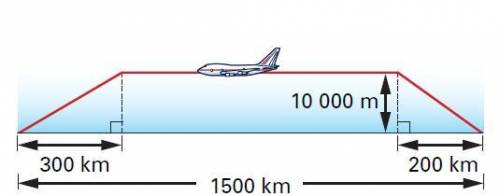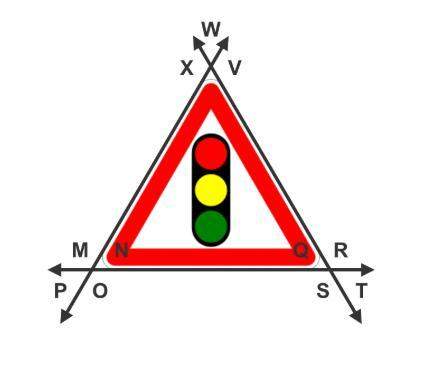
Mathematics, 07.05.2021 16:30 mpete1234567890
An airplane travels about 1,500 Km in a straight line between Toronto and Winnipeg. However, the plane must climb to 10,000 m during the first 200 Km, then it must descend 10,000 m during the final 300 Km.
a) How much distance do the climb and descent add to the flight?
b) The airplane averages a speed of 600 km/h. Do climbing and descending 10 000 m add hours, minutes of second to the flight? Explain.
Please help I do not understand how to do this.


Answers: 1
Another question on Mathematics

Mathematics, 21.06.2019 12:30
Aschool typically sells 500 yearbooks each year for 50 dollars each. the economic calls does a project and discovers that they can sell 100 more yearbooks for every $5 decrease in price. the revenue for yearbook sales is equal to the number of yearbooks sold times the price of the yearbook. let x represent the number of $5 decrease in price. if the expression that represents the revenue is written in the form r(x)=(500+ax)(50-bx). to maximize profit, what price should the school charge for the yearbooks? what is the possible maximum revenue? if the school attains the maximum revenue, how many yearbooks will they sell?
Answers: 3

Mathematics, 21.06.2019 20:00
Afamily has five members. a mom, a dad, two sisters, & a brother. the family lines up single file. what is the probabillity that the mom is at the front of the line
Answers: 1

Mathematics, 22.06.2019 01:00
Sioux co. replaced the roof on its existing building, therefore increasing the building's life by 10 years. the cost of the roof is considered a(n):
Answers: 3

Mathematics, 22.06.2019 02:30
Atrain traveled for 1.5 hours to the first station, stopped for 30 minutes, then traveled for 4 hours to the final station where it stopped for 1 hour. the total distance traveled is a function of time. which graph most accurately represents this scenario? a graph is shown with the x-axis labeled time (in hours) and the y-axis labeled total distance (in miles). the line begins at the origin and moves upward for 1.5 hours. the line then continues upward at a slow rate until 2 hours. from 2 to 6 hours, the line continues quickly upward. from 6 to 7 hours, it moves downward until it touches the x-axis a graph is shown with the axis labeled time (in hours) and the y axis labeled total distance (in miles). a line is shown beginning at the origin. the line moves upward until 1.5 hours, then is a horizontal line until 2 hours. the line moves quickly upward again until 6 hours, and then is horizontal until 7 hours a graph is shown with the axis labeled time (in hours) and the y-axis labeled total distance (in miles). the line begins at the y-axis where y equals 125. it is horizontal until 1.5 hours, then moves downward until 2 hours where it touches the x-axis. the line moves upward until 6 hours and then moves downward until 7 hours where it touches the x-axis a graph is shown with the axis labeled time (in hours) and the y-axis labeled total distance (in miles). the line begins at y equals 125 and is horizontal for 1.5 hours. the line moves downward until 2 hours, then back up until 5.5 hours. the line is horizontal from 5.5 to 7 hours
Answers: 1
You know the right answer?
An airplane travels about 1,500 Km in a straight line between Toronto and Winnipeg. However, the pla...
Questions



Mathematics, 02.10.2019 19:00





Biology, 02.10.2019 19:00





Mathematics, 02.10.2019 19:00

History, 02.10.2019 19:00

English, 02.10.2019 19:00

History, 02.10.2019 19:00

Mathematics, 02.10.2019 19:00

History, 02.10.2019 19:00

History, 02.10.2019 19:00





